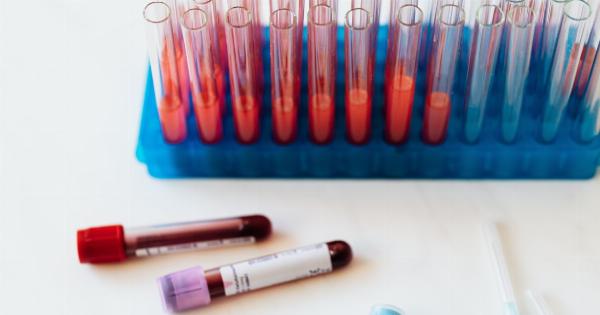Breast cancer is one of the most prevalent forms of cancer affecting women worldwide. Detecting breast cancer early is crucial, as it significantly improves the chances of successful treatment and survival rates.
While conventional screening methods like mammograms have proven to be effective, scientists are continuously exploring innovative approaches to identify women at high risk of developing breast cancer. A novel approach using advanced technology has emerged that can help in the early detection and prediction of breast cancer.
Artificial Intelligence and Machine Learning in Breast Cancer Prediction
Artificial Intelligence (AI) and Machine Learning (ML) have revolutionized various fields, including healthcare.
With the ability to analyze vast amounts of data and identify intricate patterns, AI and ML have the potential to contribute significantly to breast cancer prediction. Scientists have developed algorithms that can analyze mammograms and identify subtle signs of breast cancer that may go unnoticed by human radiologists.
Understanding the Novel Approach
The novel approach involves training machine learning algorithms on large datasets of mammograms and patient information. These algorithms can learn to recognize patterns associated with breast cancer, allowing them to make accurate predictions.
By continuously feeding the algorithms new data, they can refine their predictions and improve their accuracy over time.
Early Detection is Key
Early detection plays a critical role in improving breast cancer outcomes. Traditional screening methods primarily rely on mammography, which can sometimes miss early signs of cancer or produce false-negative results.
By incorporating AI and ML into the screening process, the novel approach aims to complement existing methods and enhance the accuracy of breast cancer prediction.
Improved Risk Stratification
Identifying women at high risk of developing breast cancer is crucial for implementing preventive measures and personalized treatment plans.
The novel approach utilizing AI and ML algorithms can assist in identifying individuals at increased risk by analyzing various factors, including genetic mutations, lifestyle, family history, and breast density. By considering multiple risk factors simultaneously, this approach provides a more comprehensive evaluation of an individual’s likelihood of developing breast cancer.
Reducing False Positives and Overdiagnosis
One of the challenges faced by traditional breast cancer screening methods is the high rate of false-positive results. These false alarms can cause anxiety and lead to unnecessary invasive procedures and treatments.
The novel approach, with its ability to detect subtle patterns that might indicate early-stage cancer, aims to reduce the number of false-positive results and subsequent overdiagnoses. This would significantly decrease the overall burden on healthcare systems and spare women unnecessary distress.
Integration with Clinical Decision-Making
The information provided by the novel approach can be integrated into the decision-making process to guide physicians in developing personalized treatment plans.
By considering an individual’s risk factors and the predicted likelihood of developing cancer, healthcare providers can tailor preventive strategies, such as increased surveillance or even prophylactic interventions in high-risk cases.
Challenges and Limitations
While the novel approach shows promising results, there are challenges and limitations that need to be addressed. The availability and quality of data play a crucial role in the accuracy of the algorithms.
Obtaining large and diverse datasets can be challenging, potentially leading to biased predictions. Additionally, the interpretation of AI-generated results requires the expertise of healthcare professionals trained in understanding the nuances of these algorithms.
Ethical Considerations
As with any technological advancement, there are ethical implications associated with AI and ML in breast cancer prediction.
Ensuring patient privacy, informed consent, and transparency in the algorithms’ functioning are vital aspects that need careful attention. Striking a balance between the potential benefits and ethical considerations is essential in the development and implementation of this novel approach.
Future Implications
The novel approach utilizing AI and ML in breast cancer prediction holds immense potential.
Further research and development in this field can lead to more accurate predictions and personalized treatment plans, ultimately improving survival rates and patient outcomes. Collaborative efforts between researchers, healthcare professionals, and policymakers are crucial to harnessing this potential and translating it into practical clinical applications.
Conclusion
The novel approach employing AI and ML in breast cancer prediction offers an innovative and promising strategy to identify women likely to develop breast cancer.
By leveraging advanced algorithms and analyzing multiple risk factors, this approach complements traditional screening methods and enables early detection. While there are challenges and ethical considerations involved, the potential benefits of accurate risk stratification and personalized treatment plans make this approach a significant advancement in breast cancer management.




























